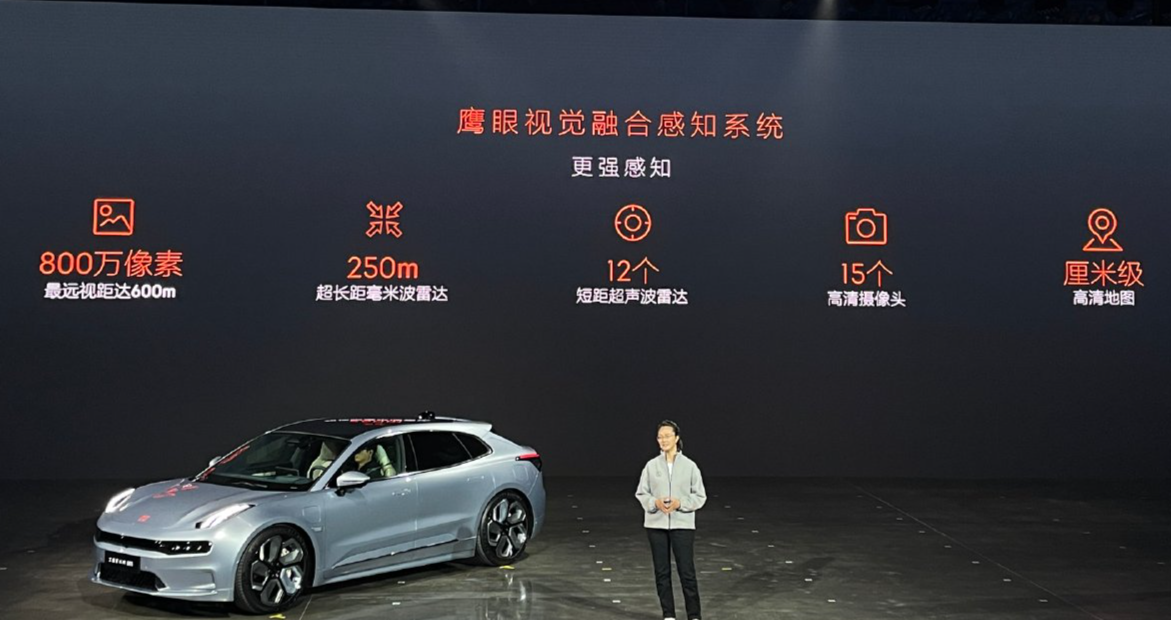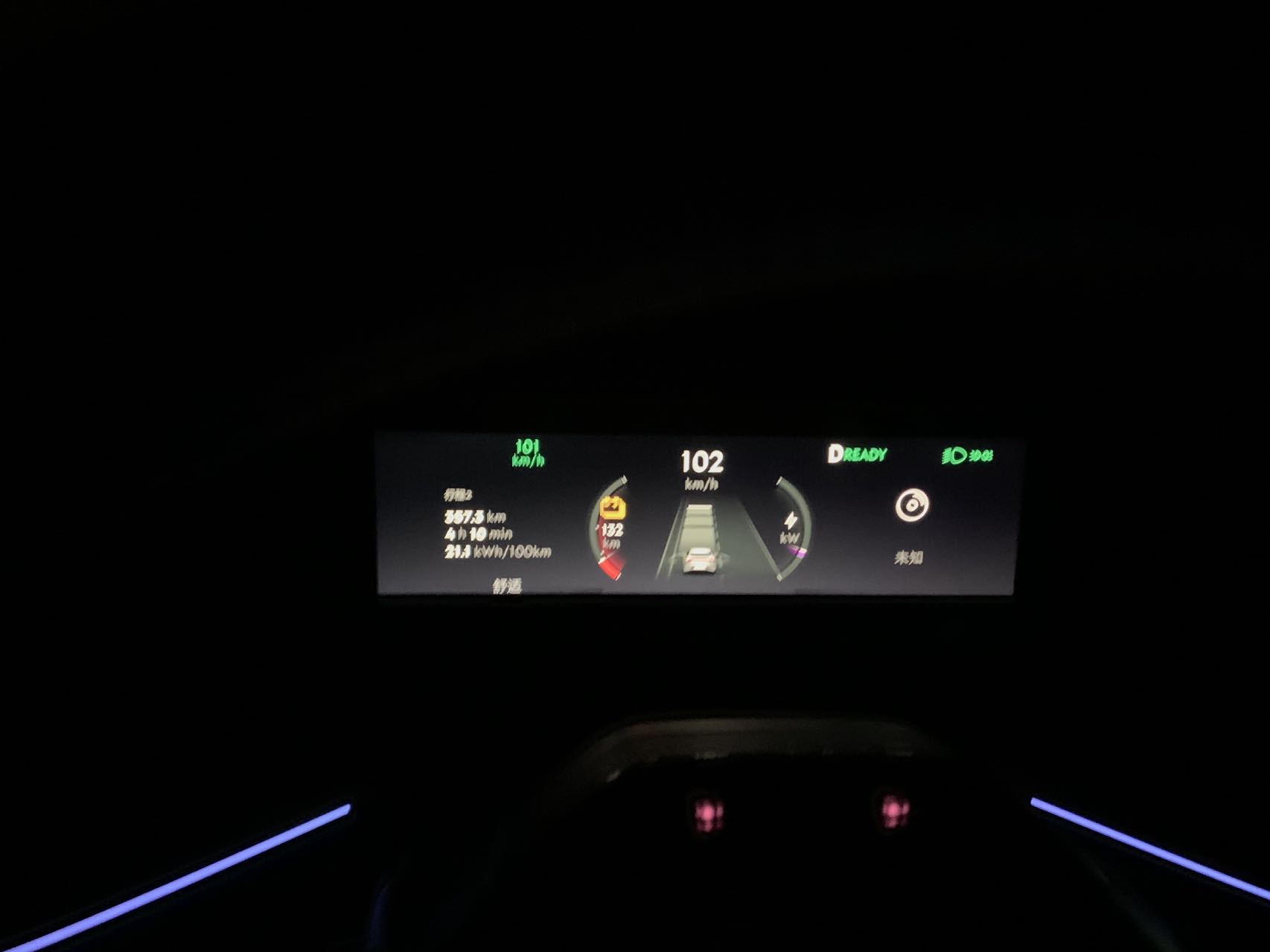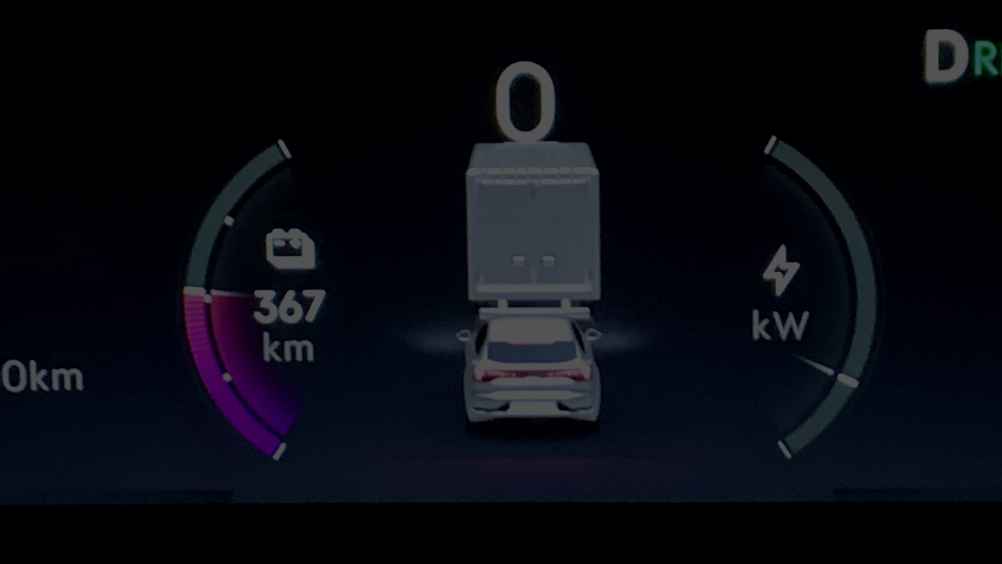My Zeekr 001 has been updated to version 2.0 beta for some time, and now we will talk about its specific usage.
On February 12th last month, Zeekr pushed version 1.1.1 to all users, and on February 15th, it pushed the ZEEKR OS 2.0 Beta version, which includes the first batch of ZAD Zeekr intelligent driving assistance system, to the “OTA Pioneer experience officer”.
The functions that Zeekr brought us in this Beta version update are:
- Adaptive Cruise Control (ACC)
- Forward Collision Mitigation (FCM)
- Lane Departure Warning (LDW)
- Intersection Collision Warning
In addition, there are some other minor function optimizations, and the smoothness of the car machine has not been significantly improved.
This update mainly focuses on assisted driving. Before looking at the functions, let’s review the assisted driving hardware of Zeekr 001, which includes 15 cameras + 1 millimeter-wave radar + 12 ultrasonic radars + 2 Mobileye EyeQ5H chips.

ACC function
Zeekr has updated the adaptive cruise control function with a queue function, but it does not include lane keeping and BSD blind spot monitoring.
In an earlier Beta version, the acceleration and braking of adaptive cruise control were relatively rigid. Even if you adjust the cruise speed to 65 in the 60 kilometers per hour cruise process, the 5 kilometers per hour acceleration is relatively violent.
I guess the acceleration and deceleration logic of Zeekr is to make the system quickly reach the speed value you set, but it is not so considerate of the passengers’ experience. Fortunately, Zeekr’s optimization speed is also very fast. This problem was solved in a later Beta version update.
Currently, the use experience of this function is still as expected. Except for the slow starting speed, when the car in front is far away in congested traffic, I usually turn off ACC and start driving on my own to avoid being urged by the car behind.
At this stage, when there is no navigation assisted driving, this function can be said to solve the urgent need for congestion on the overpass.
Forward Collision Mitigation
This function belongs to the type of function that is difficult to perceive in daily use but can save lives in critical moments. Zeekr also included it in the first Beta version. In actual experience, the frequency of occurrence when this function is turned on is not high, after all, as an experienced driver, how could you be distracted while driving?# Lane Departure Warning
This function is disabled by default after the update and needs to be manually turned on. When adaptive cruise control is turned on, if the system detects the vehicle crossing the lane without a turn signal, the steering wheel will vibrate to alert the driver.
If you don’t like the vibration reminder, you can change it to a beep sound reminder. I prefer the vibration reminder because it feels good. The beep sound is relatively small and sometimes hard to hear.
Frontal Collision Mitigation
This function is used when you are driving at an intersection. If the system detects pedestrians or vehicles crossing your left or right side, it will brake urgently to avoid collision, which is regarded as a supplement to frontal collision mitigation.
In my experience, the frontal collision mitigation detection is sensitive. Whether it’s a pedestrian or an e-bike passing from the side, the collision mitigation function will be triggered, and the car will brake directly. However, sometimes the distance is still relatively far, and there is no danger. Considering the crowded road conditions in the old city of Shanghai, I hope that the precision in identifying dangerous situations can be further improved.
After all, sometimes when coming home from work at night, with bicycles parked on both sides of the road, the warning system is easily triggered by false alarms.
Conclusion
Unfortunately, I didn’t have a chance to experience the final version of the official update before the outbreak in Shanghai. However, after two small beta updates, the ACC function has transformed from a newbie driver with rough acceleration and deceleration to a skilled driver who can remain calm when facing large vehicles approaching. While it’s not perfect, it can easily score 80 points, slightly above the average level. There are still many details to be improved, such as the low battery reminder signal on the dashboard passing through when ACC is turned on, and the yellow icon colliding with the battery indicator bar.
Note that the personalized driving mode cannot be used with the assisted driving function! At first, I thought there was a problem with the car that caused ACC to fail. Later, after I asked the Jikang engineers, I got the answer that “Jikang 001’s personalized mode does not support intelligent driving functions, but is designed to provide personalized options for users!”
I was confused when I heard this. After learning that this was the current design, I suggested adding a dashboard prompt to let people know that ACC cannot be activated under personalized driving mode. Jikang accepted my suggestion and said that it will be included in future updates.
 Here’s my complete experience as a pioneer tester. Of course, these are just simple initial experiences, more detailed results on the superb assistive driving capabilities of Zeekr 001 are also welcome. Please stay tuned for our upcoming 42Mark tests.
Here’s my complete experience as a pioneer tester. Of course, these are just simple initial experiences, more detailed results on the superb assistive driving capabilities of Zeekr 001 are also welcome. Please stay tuned for our upcoming 42Mark tests.
Finally, we warmly welcome you to join our Zeekr 001 community where everyone shares the latest news about Zeekr 001. For more real-time communication, feel free to click on the link to join us!
This article is a translation by ChatGPT of a Chinese report from 42HOW. If you have any questions about it, please email bd@42how.com.
